Description
Stately and Stylish, the Yucca is a Great Choice for Newbies Trying Out Their Green Thumb
The easy care Yucca Cane showcases green sword-like leaves on a thick woody trunk. It makes a bold addition to an empty corner. It definitely commands attention, and may remind you of an agave, as it is a member of this family of plants.
Indoors, the Yucca Cane is happiest in a spot with bright or medium light. It can tolerate lower light, but obviously will grow more slowly. In full sun, you may notice browning of its tips, or white spots on its leaves. Yucca prefers to be on the dry side. It is drought-tolerant – easy to understand considering its desert origins. In general, allow the top half of the soil to dry out before watering. Overwatering is the most serious hazard to the health of your plant.
The Yucca Tree is one of the most low-maintenance plants you can grow and can be the best choice for you. With its tolerance to drought, it’s an especially good plant to grow for busy people.
History of the Yucca
The Yucca Tree is from the genus of agave, a subfamily of Asparagaceae that originates from North America. Researchers found the plant in hot and arid areas in and around the Americas. They initially mistook the Yucca plant for the plant Cassava and, as a consequence, Linnaeus named the plant Taino, which means ‘Latter Yuca.’
Other instances in history associated with the Yucca were when the Aztecs in Mexico called it Iczotl. It has been since then that the Yucca tree has been a popular plant choice for Anthophiles.
Caring for your Yucca
Since the Yucca houseplant is native to dry areas, it is important that the soil is well-drained and there is no moisture. The plant will rot and die if it is in an environment with a lot of moisture. If you are planting this plant with others, be sure not to choose a plant that doesn’t need a lot of water. When paired with other plants, your Yucca plant will get more water than it needs, and that can cause the plant to rot.
Light
The Yucca tree flourishes greatly when you put it under the sun. These plants require a lot of sunlight to grow. If it does not get enough, the plants will have decreased flowering. You can also experience spindled foliage growth. This is why if you are growing it on your own, keeping it in the garden under direct sunlight will be a. great idea
Soil
There are no specific requirements for the soil you choose. You can go for anything such as clay. However, whatever soil you choose, make sure that it is dry and well-draining to help your plant flourish and blossom fully.
Water
The Yucca house plant is known for its tolerance to drought. You do not need to worry about watering it regularly. According to experts, the optimal water levels for the Yucca are an inch of water every week. This is only for the summer and spring months when humidity levels are high. For winters, you can reduce the amount of water you give them. If you see any yellow leaves or soft roots, then you must immediately decrease the water as these are signs of overwatering.
Fertilizer
The best part of growing the Yucca tree is that you don’t need to give it a lot of care. You can just use a balanced liquid fertilizer during the warmer months of the year.
Common Issues of the Yucca Plant
There are some common issues that you might face when you grow Yucca. The issues include overwatering, lack of light, stress from transplant, and temperature. It is very important for you to identify all the issues and then solve them. If you don’t, your plant will rot.
Pests
There are no particular insect problems with the Yucca plant, but it might be affected by the cane borers and scale insects.
Disease
The most common disease for the Yucca is fungal leaf spots, and the main reason for this is overhead watering. This is why it is very important to control the amount of water you give your plants and only water it from the base of the plant.
Pruning
The Yucca plant does not need a lot of pruning, and you can easily maintain your plants by removing the damaged leaves. Trim them whenever you want, and if you want to cut a plant, then you must do it in early spring so that your plant can grow during the growing season that comes right after.
Propagation
If you want to grow new starts, then you can use the seed, the offsets, or the root cuttings. If you are using the offsets to propagate, then you must remove them during the spring. On the other hand, if you are using root cuttings, then it is best to take them from the older and mature plants during the winter or spring.
Potting / Repotting
If you want to repot your plant, then you must get a pot that is only a little bigger than the root ball so that your plant is able to use up all the water in the pot. Using too big of a pot will hinder the absorption of water from the pot.
You should use potting soil, sand, and pebbles, which can give your plant the right drainage. Do not repot your plants very frequently. Once a few years are plenty.

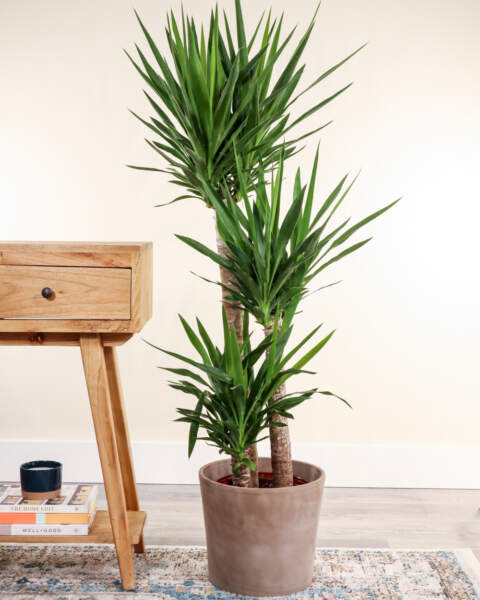









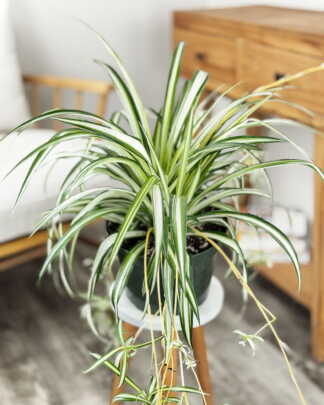
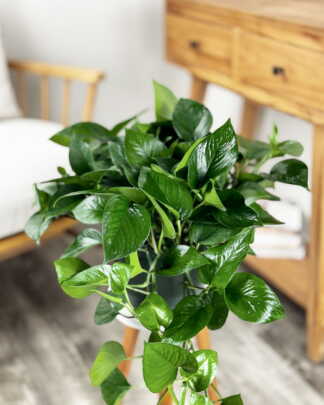
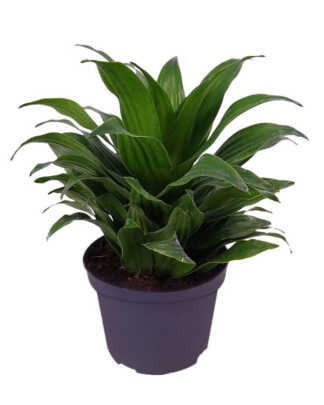
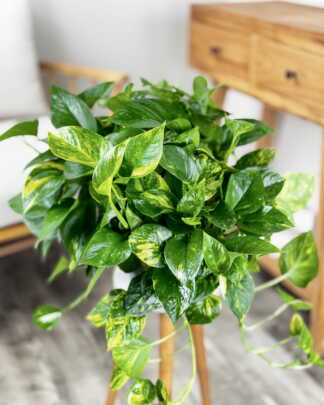
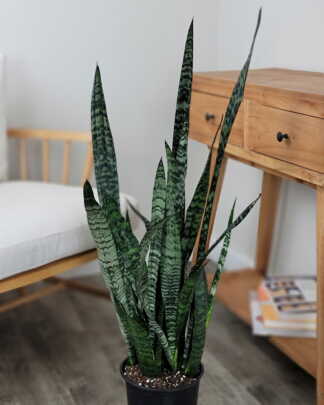

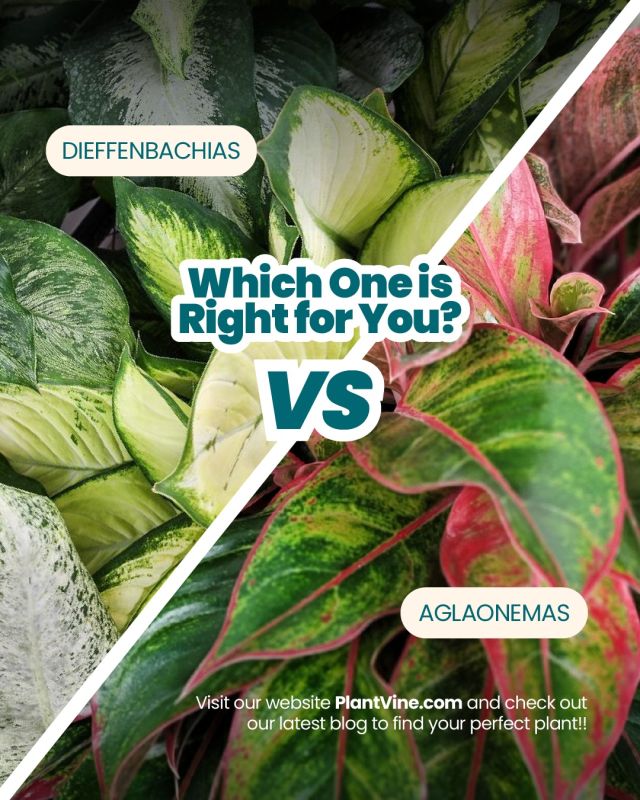
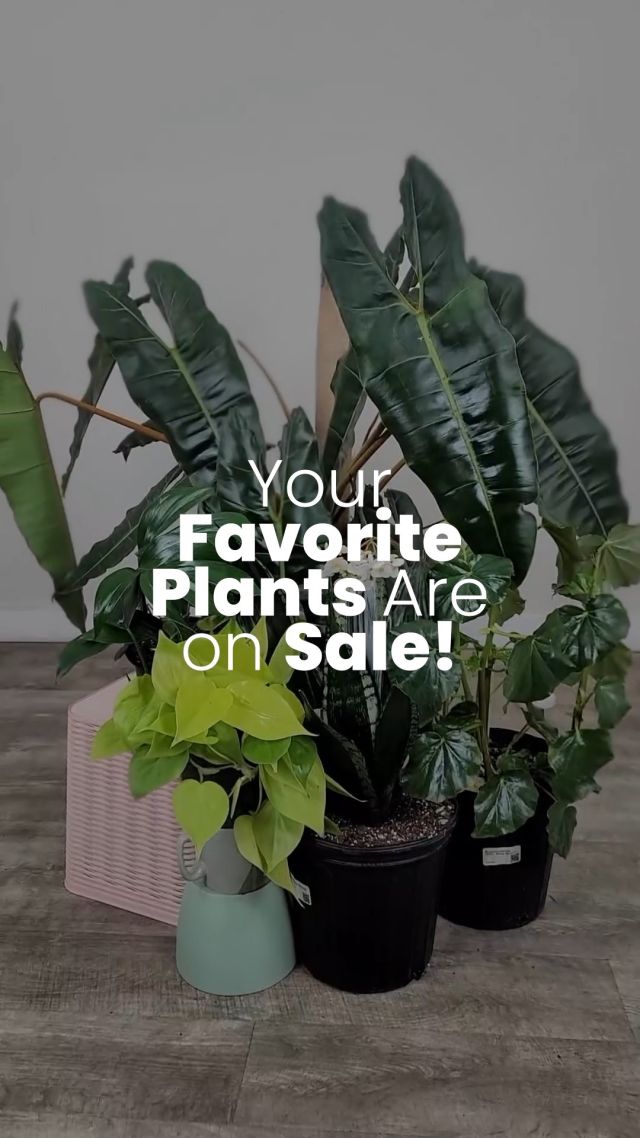
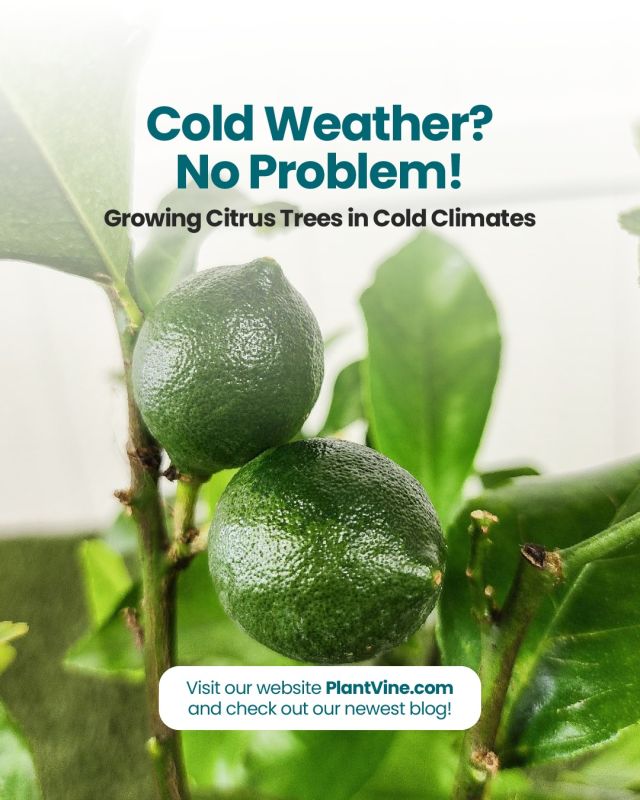



German (verified owner) –
Received a very well packed and healthy plant. So far so good! Looks great in my NYC Apt. Thanks for the quality service.
Nath McCullough (verified owner) –
Pleased. The plant looks very healthy. Was just disappointed that 2 big chunks of leaves were broken and fell off the plant immediately. We were very careful to remove the box from bottom to top. Understood it happens with transportation though I wasn’t expecting it to loose such big parts. Still pleased with the overall look and health.
Walter A Morrison (verified owner) –
Arrived in great shape!
Kristine K. (verified owner) –
I ordered two plants and both were very healthy and bigger than I expected. They were packed extremely well too. Lots of compliments from visitors to my home. I couldn’t be happier. Thank you PlantVine for a job well done.
Lori M. (verified owner) –
Love! Even better than what we were expecting! There were weather related shipping delays but constant communications and updates were provided. We are very happy and looking forward to our next purchase.
Patrica Johnson (verified owner) –
My Yucca arrived healthy, happy and good looking. It was extremely well packed and had no signs of travel trauma. I am happy with my purchase and with the Vendor ‘Plant Vine’ 🙂
Alison (verified owner) –
Beautiful
Anonymous (verified owner) –
My yucca plant arrived in very good condition and I couldn’t be more happier. Entire process was really smooth. Will definitely do business again.
Elizabeth Sarquez –
Is this a yucca elephantipes?
DeMarco Mims (verified owner) –
Arrived today in perfect condition. Absolutely gorgeous!!! First time ordering a live plant online and I will definitely be buying more from Plantvine!
jacqueline R. (verified owner) –
Plant is perfect!! Just as described and I love it, I ended up buying 2! It did take a while to get delivered due to the cold weather where I live, I needed to be above 45* to deliver so the plant would survive. LOVE THE PLANT HIGHKY RECCOMMEND PLANTVINE.
Carlos D. (verified owner) –
You guys did a nice job! Great looking plant too
Amanda (verified owner) –
Exactly like pictured and perfect for our space! We love it!
Rebecca –
What size planter shall I get for my large yucca?
Jamie Lee (verified owner) –
Plant arrived damaged but Plantvine IMMEDIATELY resolved the issue! Customer service was fast & so nice & shipped out a replacement. Couldn’t appreciate that anymore. Will certainly be buying from Plantvine again soon!
Linda Lee (verified owner) –
Love my Yucca already but it had a bit of a difficult travel experience. 3 of the pups on top broke off during transit and the top was completely flattened by the too short box it was packed in. It will recover and the rest of the canes arrived completely undamaged, but it looks pretty awkward for now.
Anonymous (verified owner) –
Always pleased with plants I receive. Knew these would be great & they are!
Anonymous (verified owner) –
It was left in our porch for 4 hours in a cold Michigan weather, despite of it, still in a very well condition after i open it due to excellent packaging..
Elizabeth A. (verified owner) –
More beautiful plants …..healthy and go to site.
True to what they show and deliver!
EA
Joe Volgey (verified owner) –
Love PlantVine! This is about the 4th or 5th time I’ve purchase a plant from them and I’ve yet to be disappointed. Even though the plants are being shipping, I’ve yet to have an issue with any of the plants. I have another Yucca plant and I love it so much I wanted to add a compliment to it. Def give PlantVine a try. I highly recommend them.
Liliane (verified owner) –
Yucca arrived slightly shocked, however, has seemed to recover quickly and is doing well thus far and looks great. PlantVine never disappoints !
Sheryl (verified owner) –
Quick delivery and in great condition!
Scott (verified owner) –
Very pleased with my plant! A couple of the leaves are split due to relatively tight packaging, but that is difficult to avoid in shipping. That PlantVines sends a picture of the exact plant you will receive is a very nice touch.
aida f. (verified owner) –
Plans shipped well and looks great. Awesome deal for the size that it is!
John K. (verified owner) –
Beautiful and Lush!
nicholas (verified owner) –
Very nice tree im very happy !
Anonymous (verified owner) –
Anonymous (verified owner) –
Came in excellent conditions. Really Happy with the product and the communications from Plantvine team. It was a present for my wife and she loved it.
Anonymous (verified owner) –
Margaret –
Yucca large, height